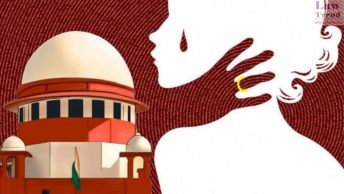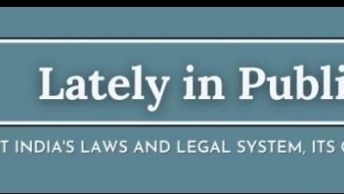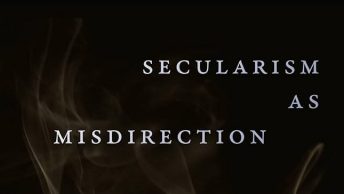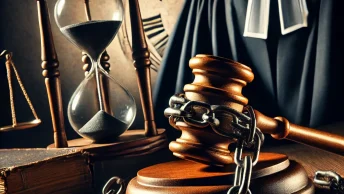The Court goes through a lengthy recounting of comparative law relating to recognition of transgender identity, starting from the infamous Corbett v. Corbett with its complete emphasis on biological sex, to New Zealand’s standard requiring surgical and medical procedures to effect a transformation in Attorney-General v. Otahuhu Family Court. The Court rejects any basis of gender in biology, instead arguing that the test to be applied is a psychological one: “psychological factor and thinking of transsexual has to be given primacy”.
This is crucial: for the right to recognition to be a meaningful one, it must be easily accessible. There are many kinds of impediments a transgender individual might face on the road to recognition; common ones in India include the requirement of extended counselling and certification with Gender Dysphoria, coupled with the fact that there are no uniform procedures in place for recognition. Particularly powerful here is the formulation in Argentinian law, where a gender identity is completely based on self-recognition – it is not necessary for the individual to prove that a surgical procedure or hormonal therapy had taken place.
This analysis largely pertains to individuals transitioning from one gender to another; what of third gender as a separate identity? Here the Court makes a strong move to articulate legal rights for individuals who don’t fall within the male/female binary, thus making a distinct shift from most pre-existing comparative law.
Before we get to the constitutional harms that the Court finds, it’s worth mentioning the important move made in Para 53 of the judgment: Any international convention not inconsistent with the fundamental rights and in harmony with its spirit must be read into those provisions eg: Articles 14, 15, 19 and 21 of the Constitution to enlarge the meaning and content thereof and to promote the object of constitutional guarantee. Principles discussed hereinbefore on TGs and the International Conventions, including Yogyakarta principles, which we have found not inconsistent with the various fundamental rights guaranteed under the Indian Constitution, must be recognized and followed.
This is the kind of declaration that gives the different marginalized communities a virtual roadmap of judicially enforceable rights in the future. For this judgment, it aids the Court in locating in Article 14 the right to hijras/ transgender persons to legal protection in all spheres of state activity and finding gender identity as a prohibited ground of discrimination under Articles 15 and 16. “Constitution makers, it can be gathered”, they note, “gave emphasis to the fundamental right against sex discrimination so as to prevent the direct or indirect attitude to treat people differently, for the reason of not being in conformity with stereotypical generalizations of binary genders”, thus taking forward the sex stereotyping jurisprudence inaugurated in Anuj Garg v. Union of India. The Court finds transgenders to be a socially and educationally backward class envisaged under Article 15(4) and also entitled to reservation in matters of appointment in Article 16(4) – a powerful statement to be sure, but given the way the judgment slips in and out of different notions of transgender identity, it also points to an administrative nightmare without further clarification.
Their Article 19 (1) (a) argument locates gender identity as protected expression under the Constitution. In the process, as Gautam Bhatia notes at http://indconlawphil.wordpress.com/2014/04/15/nalsa-v-uoi-the-supreme-court-on-transsexuals-and-the-future-of-koushal-v-naz/, it proves fatal to Koushal’s argument which was built on a false distinction between sexual acts and sexuality identity so as to keep from identifying homosexuals as a class and consequently the protection of Article 14 and 15. Finally, they locate gender identity in a dignity analysis under Article 21 – “Gender … constitutes the core of one’s sense of being as well as an integral part of a person’s identity”.
As I mentioned, it is not merely the legal illogic of Koushal which this judgment militates against, but also its apathy. From Justice Radhakrishnan’s opening lines talking about the moral failure of society’s unwillingness to contain or embrace different gender identities and expressions, down to Justice Sikhri’s cognizance of the painful process of transitioning from one gender to another, this is a text that is shot through with empathy.
Ultimately, the Court issues a set of 9 directions. Besides the ones already mentioned in the judgment, these range from the specific (directions to operate separate HIV centres) to the broad (proper measures to provide medical care to transgenders in hospitals ) to the vague (measures to regain their respect and place in the society which once they enjoyed in our cultural and social life). While the directions risk being simultaneously overbroad and underinclusive, they are reined in by the significant paragraph that follows afterward.
In 2013, the Ministry of Social Justice and Empowerment constituted an Expert Committee to provide an in-depth study of the problems faced by the transgender community and suggest governmental measures. The Committee Report provides a voluminous set of recommendations for addressing transgender discrimination at various levels which the judgment itself does not specifically touch upon. What the judgment does do however, is ask for the recommendations themselves to be examined based on the legal declarations it makes, and implemented within six months. The breadth of the judgment’s declarations then will potentially be a useful aid in meaningfully implementing these recommendations.







Nice Analysis Sir. I have also done a brief analysis of this judgment. You can read my opinion here.
Transgenders and Right to Equality- http://www.desikanoon.co.in/2014/04/transgenders-and-right-to-equality-my.html
Transgenders and Right to Life- http://www.desikanoon.co.in/2014/04/right-to-life-and-transgenders-opinion.html
Final Opinion- http://www.desikanoon.co.in/2014/04/national-legal-services-authority-v.html